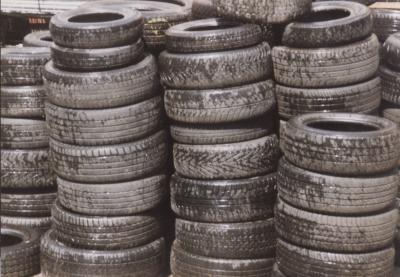The new material has already been tested along a section of the Almoraima-Algeciras ADIF railway line in Andalusia, where it has been assessed by UPV technicians. In addition to promoting the wholesale recycling of used tires, the material absorbs the vibrations from moving trains, providing insulation for urban environments with close rail traffic. The addition of tire rubber into the mixture also increases the resistance of the crushed limestone to abrasion and fragmentation.
“There are multiple benefits to using this material,” said Pablo Martinez Fernandez, researcher at the university’s Institute of Transport and Territory. “On the one side, it contributes to mitigating the vibrations caused by moving trains,” Fernandez said. He added that “it opens up a new market for many of our quarries, particularly limestone quarries, as well as for tire recycling companies.” “It revitalises both sectors, making better use of the available limestone, not normally fit for use as a sub-ballast because of its low resistance to fragmentation, and the rubber from used tires,” said Fernandez.
The team of researchers, led by Ricardo Insa, worked on the design, development and evaluation of different compositions and blends of the product, varying only the amounts of waste rubber used each time.
“From our laboratories at the Departamento de Ingeniería del Terreno we analysed the response of the new material, with different concentrations of used tire rubber, in order to find the best composition,” said Carlos Hidalgo Signes, an official of the UPV.
Signes said that one of the main characteristics of the material is that it does not contain any binding materials. “We simply mix the crushed stone with the waste rubber, which is what gives it its cushioning effect,” added Mr. Signes.
The development of the material was part of the Compovia project, led AZVI. Obtaining this material was part of the Compovía project, led by the company AZVI.
The project, which came to an end at the end of 2015, was co-financed by the Corporación Tecnológica de Andalucía (CTA) and the European Technology Fund via the Spanish Centre for Development of Industrial Technology (CDTI).






